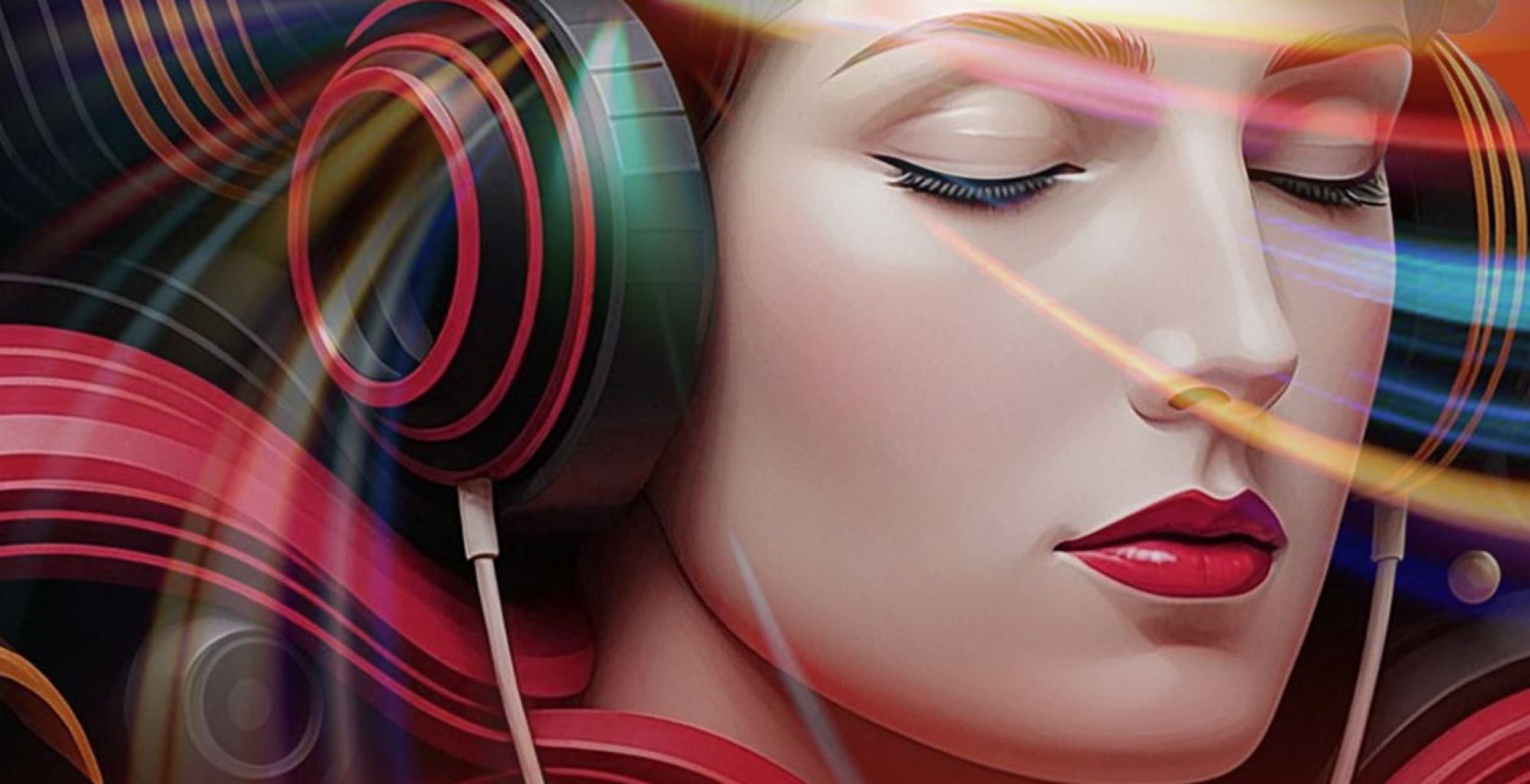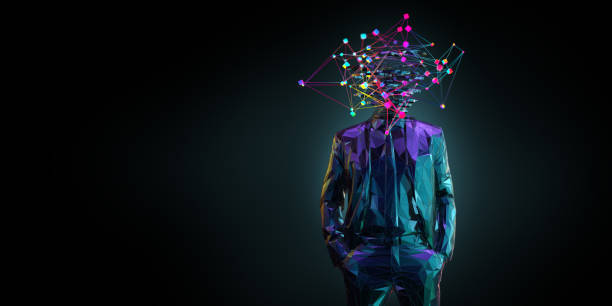Creativity chaos is a paradox, a fusion of disorder and brilliance, shaping the very fabric of existence. It is often believed that chaos signifies the absence of order, but in reality, it is the precursor to transformation. Throughout history, disorder has paved the way for new ideas, fresh perspectives, and uncharted territories of human thought. Creativity emerges from the rubble of broken structures, forming something more profound and novel. The cycle of creation and destruction is an inherent force in the universe—old ways crumble, making space for new paradigms. Just as nature renews itself through storms and seasons, human progress is sculpted by periods of upheaval. When we embrace chaos instead of resisting it, we allow creativity to weave new possibilities into our reality. This article explores the deep connection between creativity and chaos, illustrating how disorder fuels transformation and innovation.
The Cyclical Dance of Chaos and Creation
History demonstrates that periods of disorder are often followed by significant growth and evolution. Change is rarely a smooth process; it requires disruptions that shake the foundation of existing norms.
In nature, destruction and renewal are inseparable. A forest fire, though devastating, clears the way for fresh vegetation to thrive. Similarly, creativity chaos dismantles rigid structures to allow something more adaptable and meaningful to emerge. This principle extends beyond nature to human endeavors—whether in art, philosophy, or personal growth. Without disruption, stagnation sets in, preventing new ideas from taking root.
Every major shift in civilization has followed a period of disorder. Revolutions, artistic renaissances, and paradigm shifts in thought have all stemmed from the breaking down of old systems. Creativity chaos is not a mere accident but an essential mechanism that propels progress.
Creativity as a Response to Chaos
In moments of upheaval, creativity acts as the guiding force that transforms disorder into meaning. Chaos often brings discomfort, uncertainty, and frustration, yet these very emotions serve as the catalysts for creativity. When the familiar dissolves, the mind is forced to explore new avenues, forming innovative connections between seemingly unrelated elements.
Creativity chaos fuels artistic expression, pushing creators beyond their comfort zones. Many great works of art, literature, and philosophy have emerged from periods of personal or societal turmoil. Chaos is not the absence of meaning but a blank canvas upon which new narratives are painted.
Instead of resisting disorder, embracing it allows for deeper self-discovery. The breakdown of traditional patterns provides an opportunity to construct new ones, ones that better align with evolving perspectives and needs.
The Uncertainty of Change and the Birth of New Forms
The transition from chaos to order requires patience and courage. Often, creativity arises from uncertainty, and those who dare to explore the unknown discover new realms of possibility.
Consider a sculptor chiseling away at a block of marble. The process may seem destructive, but each removed fragment brings forth the intended form. Similarly, in life, breakdowns often precede breakthroughs. When old ideas, relationships, or beliefs no longer serve a purpose, chaos intervenes to dismantle them, making room for something more aligned with growth.
This principle applies not only to individuals but also to societies. When old institutions fail, new ones take their place, often built with greater awareness and refinement. Creativity chaos is the force that ensures continuous renewal, preventing stagnation from taking hold.
The Power of Letting Go
One of the greatest struggles in navigating chaos is the tendency to cling to the familiar. The fear of uncertainty often leads individuals to resist change, even when it is necessary for growth. However, creativity requires an openness to the unknown—a willingness to let go of what no longer serves us.
In the creative process, artists and thinkers often face blocks when they attempt to control every aspect of their work. True innovation emerges when they allow themselves to surrender to the unpredictability of inspiration. Similarly, in life, trying to force stability in times of inevitable change only leads to frustration. By releasing rigid expectations, one opens the door for creativity and chaos to reshape reality in unexpected and profound ways.
The concept of impermanence teaches us that nothing remains fixed. Recognizing this allows for a more fluid approach to creativity—one that thrives on adaptation rather than rigid adherence to outdated structures.
Chaos as a Source of Inspiration
Some of the most profound artistic and philosophical breakthroughs have emerged from moments of chaos. When the known crumbles, the mind is free to explore new dimensions of thought and experience. Many great thinkers and artists have harnessed chaos as a source of inspiration:
- Leonardo da Vinci saw art and science as intertwined, often exploring chaos in nature to uncover patterns of beauty and function.
- Friedrich Nietzsche embraced the idea that destruction leads to transformation, arguing that one must go beyond existing beliefs to create something truly original.
- Pablo Picasso revolutionized art by breaking conventional forms, showing that disorder could give birth to new visual languages.
Creativity and chaos are evident in music, poetry, and philosophy. It manifests in the breaking of traditions, the reimagining of old concepts, and the fearless exploration of new territories. Rather than seeing chaos as an obstacle, many visionaries have embraced it as a necessary component of the creative journey.
Transforming Frustration into Creative Energy
Frustration often accompanies chaos, but it can also be redirected into creative energy. When existing systems fail, emotions such as anger, confusion, and restlessness arise. However, these emotions can serve as fuel for creative expression.
Artists, writers, and thinkers often use frustration as a motivator to create something meaningful. Rather than succumbing to despair, they channel their emotions into artistic endeavors, philosophical inquiry, or innovative solutions. The process of creation itself becomes a means of making sense of disorder.
In personal life, frustration can be a signal that change is necessary. Instead of resisting it, one can use it as a catalyst for growth, seeking out new ways to engage with the world. Creativity chaos, when approached with openness, transforms obstacles into opportunities.
Embracing the Unknown
Uncertainty is an inevitable part of life, and within it lies infinite potential. The fear of chaos often stems from the human desire for control, yet true creativity flourishes in the unknown. Many of history’s greatest discoveries were made by those who dared to explore without a predetermined outcome.
Creativity chaos teaches us that not everything needs to be planned or structured. Sometimes, the most profound ideas emerge from spontaneity, accidents, or unexpected intersections of thought. By embracing the unknown, we allow for the possibility of something greater than we could have imagined.
The Role of Creativity in Shaping the Future
As the world continues to evolve, creativity chaos will remain a driving force behind progress. The challenges faced by individuals and societies are opportunities for transformation. By viewing chaos not as a threat but as a source of renewal, we can harness its power to build a future rooted in innovation and depth.
Rather than seeking comfort in rigid structures, the future belongs to those who can navigate uncertainty with creativity. The ability to adapt, reimagine, and create amid disorder is what shapes the course of history. Creativity chaos is not an enemy—it is the essence of transformation itself.
Conclusion
Creativity chaos is an inevitable part of existence, a force that breaks apart the old to make way for the new. Rather than fearing disorder, we can embrace it as a necessary component of the creative process. From personal growth to societal evolution, chaos provides the conditions for transformation. By letting go of resistance and welcoming uncertainty, we allow creativity to guide us toward deeper understanding and innovation. The next time life feels chaotic, remember—it may just be the beginning of something extraordinary.

